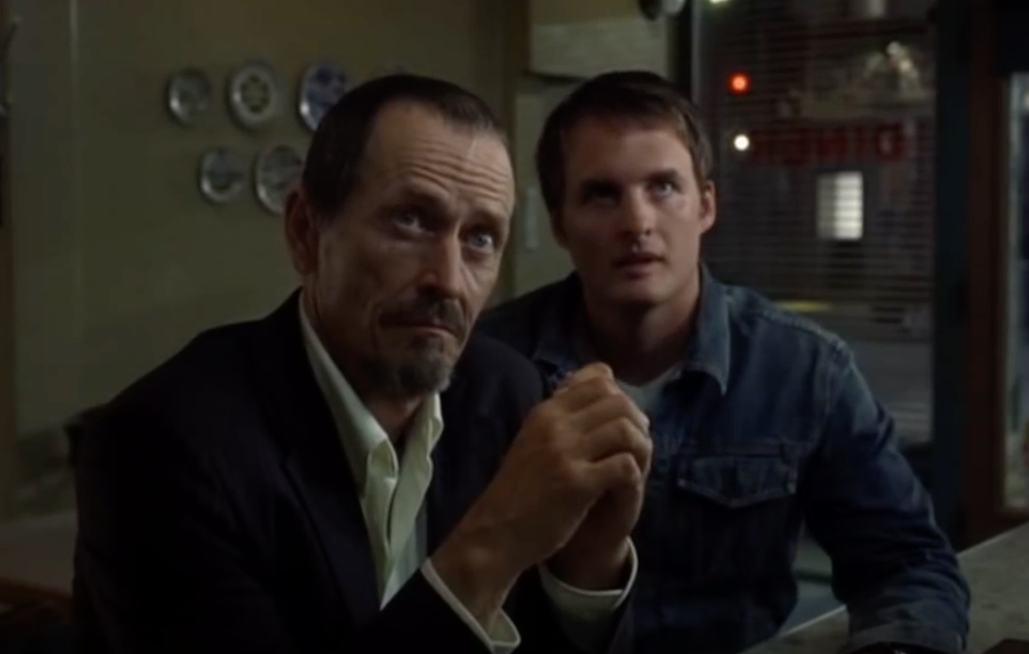In my time writing for this publication, I have reviewed more than my fair share of films by David Cronenberg, in an effort to trace back his origins as the ‘Godfather of body horror.’ While I have not always held positive views of his work, I nonetheless maintain an unwavering appreciation for his filmmaking accomplishments and overall body of work. Although Cronenberg is best recognised for his contributions to the horror genre, however, he possesses an understated talent for more grounded drama, which he has been creatively pursuing for over a decade now, beginning with what is, in my view, his most complete film, 2005’s A History of Violence.
What defines human nature? This is the grand question at the heart of A History of Violence, and one whose answer is not easily offered up by Cronenberg, or indeed screenwriter Josh Olson. The lead character, Tom Stall (Viggo Mortensen), lives a quiet life, running a diner in a small Indiana town in order to provide for his wife and two children. This all changes, however, when two violent criminals attempt to rob the diner one night, and Tom kills them in the process, saving both himself and those left in the diner. Hailed a hero by the media, it is not long before a mobster by the name of Carl Fogarty (Ed Harris) comes to town, insisting that Tom is in fact Joey Cusack, a man who had strong connections to the Philadelphia mob, but fled the city on bad terms with the outfit, to say the least.
A History of Violence, on the surface at least, is an effective thriller with well-developed, masterfully balanced family drama added to the mix. While these elements already make it an admirable accomplishment on Cronenberg’s part, particularly given the ungrounded nature of the vast majority of his films, it is not what elevates A History of Violence to its transcendent heights. This lies instead with the broader existential questions posed by screenwriter Josh Olson (who received an Oscar nod for his work), which are visually wrought by Cronenberg’s measured direction.
The script’s multifaceted nature leaves much to interpret and contemplate long after the credits have rolled, and as much as I would love to dive right into an open-ended analysis on the film, it would not be fair to those who, at the time of reading this, have yet to see the film. What I will say, however, is that Olson’s screenplay made me reconsider the very nature of one’s own history, and whether or not it is this inescapable entity that forever defines us, or if we can leave history behind in favour of building a better future.
Tied in with all this is the concept of violence, and the extent to which humanity is defined by it. This is where Cronenberg’s specific talents for the depiction of body horror becomes crucial. The film’s violent moments can be viscerally brutal, producing a lingering sense of discomfort toward the acts committed before us. This perfectly encapsulates the intentions of Olson’s script, tying together director and screenwriter in ways that are seen all too seldom in cinema. There are few directors who could have done justice to a screenplay as rich screenplay as this, and even less who would have been bold enough to shoot action sequences that are entertaining, while still maintaining absolute thematic purpose.
All of this combines into what is David Cronenberg’s most fully realised film, and yes, even more so than his other masterpiece, The Fly.






